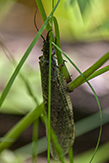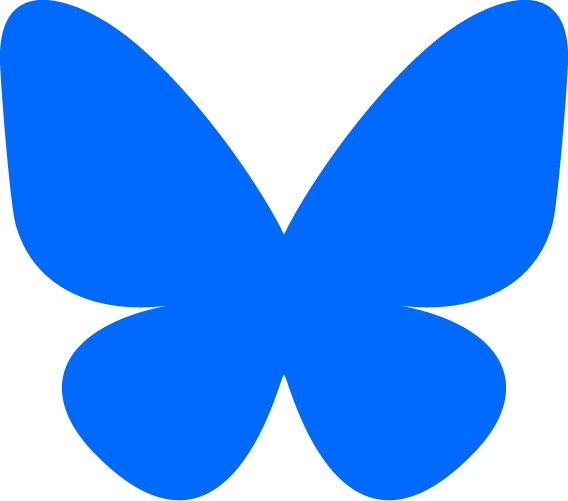Minnesota Alderflies, Dobsonflies, and Fishflies
Order Megaloptera
Megaloptera is the order of alderflies, dobsonflies, and fishflies. Until recently they were included in the order Neuroptera, along with snakeflies and lacewings, which they closely resemble. Adults are terrestrial and are found near ponds or streams. Larvae are aquatic. They occur in streams usually under stones. They take 1 to 5 years to complete metamorposis.
There are about 300 known species of Megaloptera worldwide, 43 species in 8 genera in North America north of Mexico, and at least 7 species in Minnesota.
Megaloptera are large, soft-bodied insects distinguished by the following:
- four delicate, membranous wings with numerous veins, including many cross veins near the leading edge (costal margin);
- forewing a little wider at the base than the hindwing;
- wings held roof-like over the body when at rest;
- hindwing with a pleated region allowing the wing to be folded over the abdomen;
- mouthparts adapted for chewing, though some adults do not feed;
- large compound eyes;
- long antennae with many segments; and
- last part of the leg (tarsus) with 5 segments.

Recent Additions

Spring fishfly (Chauliodes rastricornis) is a large, short-lived, primitive-looking, winged insect. It occurs in the United States and southern Canada east of the Great Plains. It is common in Minnesota. Larvae are found in a variety of aquatic habitats, including ponds, swamps, marshes, and springs. They take one to five years to reach maturity. They feed on both algae and small invertebrates, including crustaceans, clams, worms, and other insects. Adults are found from late May to early July near larval habitats. They live only a few days to a week. They are active at dusk but remain hidden during the day. It is thought that they do not feed, though they have been collected in moth traps.
Other Recent Additions
This list includes only alderflies, dobsonflies, and fishflies that have been recorded in Minnesota, but not all of the alderflies, dobsonflies, and fishflies found in Minnesota.
| Profile | Photo | Video | |||
|---|---|---|---|---|---|
alderfly (Sialis itasca) |
|
||||
alderfly (Sialis mohri) |
|||||
alderfly (Sialis velata) |
|||||
eastern dobsonfly (Corydalus cornutus) |
|||||
saw-combed fishfly (Nigronia serricornis) |
|||||
Chauliodes rastricornis (spring fishfly)
Corydalus cornutus (eastern dobsonfly)
Nigronia serricornis (saw-combed fishfly)
Sialis itasca (alderfly)
Sialis mohri (alderfly)
Sialis velata (alderfly)
No Species Page Yet?
If you do not see a linked page for a species in the list at left you can still upload a photo or video or report a sighting for that species. Click on one of the buttons below and type in the common name and/or scientific name of the species in your photo, video, or sighting. A new page will be created for that species featuring your contribution.
These buttons not working for you?
Simply email us at info@MinnesotaSeasons.com.




